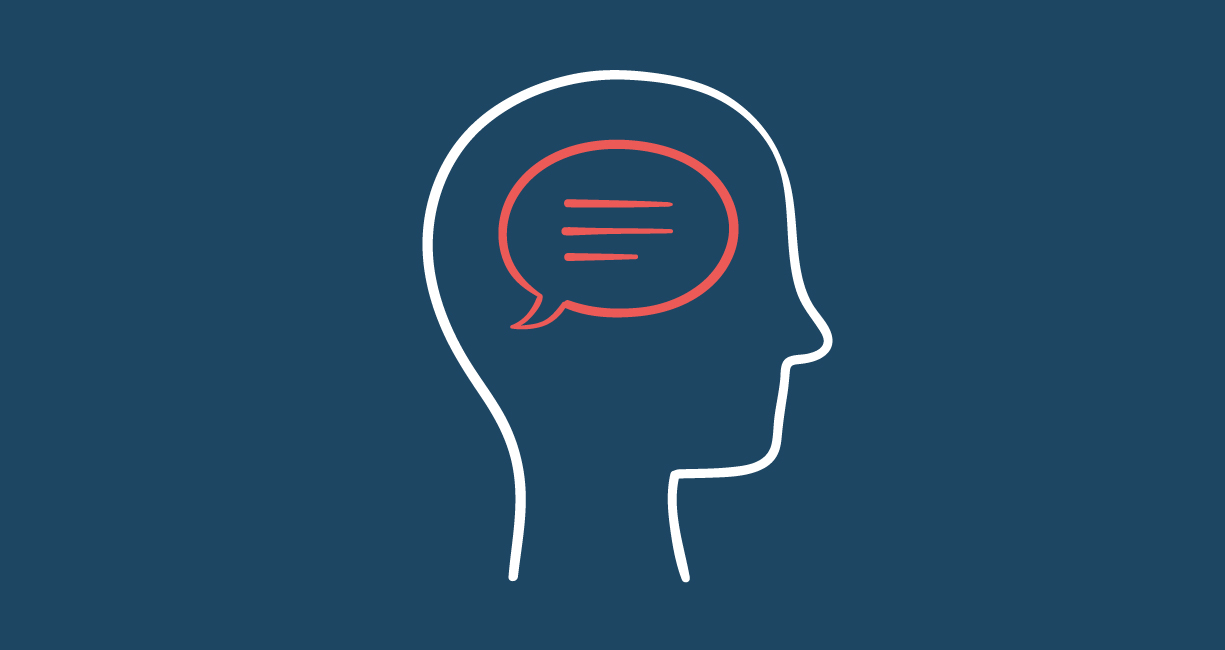Article • July 1, 2019
Metacognition or “I think, therefore I learn”

What is Metacognition?
I used to hate writing essays when I was a kid. I would read the assignment and then spend days simultaneously procrastinating and wallowing in a simmering fear about the topic and the work required to complete the assignment.
Finally, the night before it was due I would bite the bullet and work through the night to finish the essay. The results were often not very pretty, and my teachers let me know it!
Then, after one particularly poor grade on an essay assignment, I had an epiphany. This epiphany was helped along by a note from the teacher on the essay title page. It stated, in red marker, “Think about what you want to say before you start writing!” I read it and realized that my teacher was right. I was just diving in without giving any real thought to how I structured, prioritized, and focused my thoughts.
This “ah ha” moment was probably my first real understanding of metacognition and how it could help me get better. Of course, I didn’t think of it as metacognition, but that is exactly what it was. In short, metacognition is basically thinking about how you are thinking!
How can Metacognition impact learning?
Of course, metacognition is important for more than just learning. It’s a vital part to helping us think critically about the world, solve problems, and push ourselves to get better at what we do. In a learning program, the lack of metacognition can mean our participants are just going through the motions, perhaps even just memorizing facts and information to do just enough to “pass” the class.
Let’s consider an example from a recent Trainer Transformation program we ran with a client. This is a comprehensive three-month program that helps new and tenured trainers improve their strategic partnering across the organization through a series of live and virtual workshops and self-directed learning.
We had one particular participant, an experienced trainer who I’ll call John, who expressed skepticism at the activities. During each of the activities, instead of being introspective and thoughtful, he defaulted to a cynical viewpoint of, “I’ve been there, done that.” After a significant portion of the program had run its course, we organized an intervention to challenge John to use the activities as an opportunity to assess his own thinking around learning design and development.
The results were notable. While we agreed he had a good base of knowledge, he was able to push himself to build upon that base by focusing on his own metacognition.
How can we design learning to account for Metacognition?
We can incorporate metacognition into our learning design and development in a number of ways. We’ve listed three of them here:
- Incorporate self-assessments and self-awareness activities. As we pointed out in our article on overconfidence, a little self-assessment goes a long way to getting people in the right mood to learn.
- Teach participants about metacognition and how important it is. Be like my writing teacher, and help learners understand the existence and value of thinking about their own thinking. A simple solution is to talk-aloud your thinking while working through an example. This means sharing all the nitty-gritty details of how good thinking goes back and forth, up and down and side-to-side to distill signal from noise, comprehend new information, or complete a task.
- Build metacognition into your learning activities. A great way to do this is to ask the learners to answer “why?” as they work through exercises. For example, if you are running a strategic planning workshop, ask the learners “Why did you think that way?” as they develop strategies from a set of insights. You simply can’t use “why?” enough!
Metacognition sounds like a highly academic topic, and in some ways, it is. But in other ways, it makes a lot of sense that if we are able to analyze how we do something we’ll get better at it. Oh, and by the way, tell your kids about it so they don’t struggle like I did with their essay assignments!